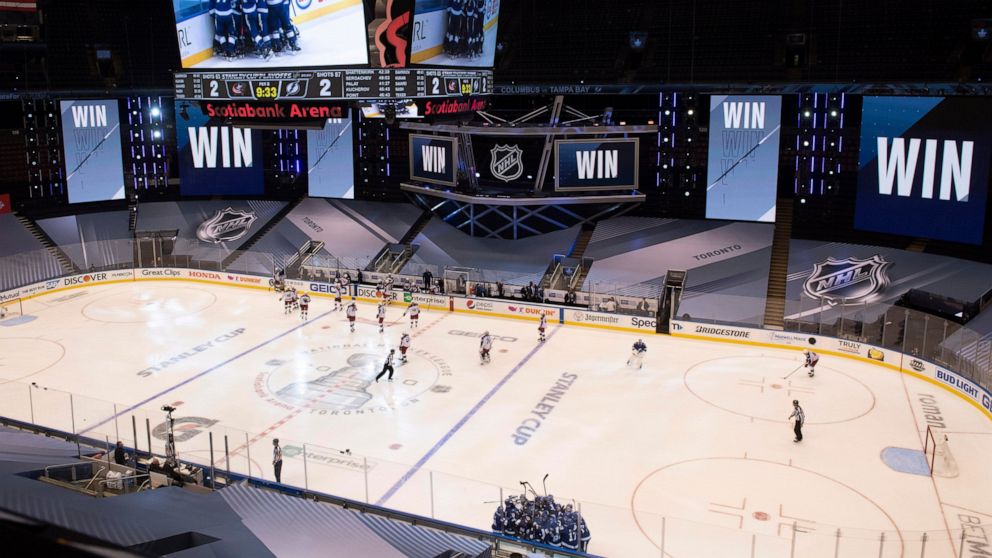If there were any doubts about the Las Vegas offense (or at least concern), it was all erased in the second period of action. Before Game Two, the Golden Knights only scored one goal with a goaltender in the net in four games. After a 1-0 loss on Sunday Night, it was vital for the Knights to tie the series and bring the momentum of the series back to their side. All doubts were removed as Vegas outplayed the Dallas Stars from the first drop of the puck, it was a reminder of why the Golden Knights are one of the best teams in the NHL and have been since they were established as a franchise in 2017.
4 minutes and 53 seconds into the second period, the most reliable scorer of the playoffs for Vegas, Paul Stastny, found the back of the net on a goal that showed how Vegas is able to find and create opportunities. On a bungled line change by the Dallas Stars, the Knights were able to find an odd-man advantage, allowing for open passing lanes and a clear goal opportunity. Paul Stastny was able to get to the front of the net and hit the centering pass which was remarkably played by Max Pacioretty to break the ice for the Golden Knights. The drought was over and now the goals could start pouring in.
The power play opportunity that came less than 3 minutes after the Stastny goal appeared to be under control. This is why a good power-play unit doesn’t just get shots on net, they manage to get good shots on net that can create scoring opportunities. William Karlsson’s shot from the point wasn’t good in the sense that it was well placed for a goal (it was on the net but wasn’t to the top shelf or a shot at any weak spots of the goalie) rather the shot was able to set up a strong rebound opportunity that could lead to a goal. In the end, it didn’t matter as the Karlsson shot went in as Anton Khudobin couldn’t make the leg save. Depending on what perspective you are coming from, the power-play goal can either be perceived as a well-executed play with a great shot in the five-hole or it can be seen as a poor play by the defense and the goalie (the former is more likely).
The counter-attack is one of the times in a game where we can see the pure offensive skill on one side and the pure defensive skill on the other side go at each other directly. With a little more than five minutes left in the second period, we were able to see the Knights passing at it’s best as a 3-1 opportunity saw Chandler Stephenson send a pass to Nicolas Roy who sent it back to him only to send a pass cross-ice to Tomas Nosek for the easy goal. The goal couldn’t have been drawn up any better for Vegas and it reminded the Stars how costly turnovers can become against Vegas, especially when the Stars were only able to have one defender back for the counter-attack.
The game was scoreless after one and didn’t see any goals in the final period. It didn’t matter for Vegas as they have found their offense again and have flipped the momentum of the series back to their side. The Dallas Stars are likely not concerned about losing this game, many people were expecting Vegas to respond to Game One’s loss with a strong performance and likely pull away with the win anyway. What has to be concerning for the Stars is the lack of production they are seeing from their top players. Jamie Benn hasn’t scored since Game Five of the Second Round, Tyler Seguin hasn’t scored since Game Three of the Second Round and only has two goals in the entire playoffs, Corey Perry hasn’t scored since Game Two of the First Round against the Calgary Flames, Joe Pavelski hasn’t scored since Game Five of the Second Round. It’s understandable that the Stanley Cup Playoffs will see some scorers disappear while second or third line scorers become the goal scorers of the team, but the Stars have seen little to no production from a few of the established names on their roster. Time is running out.



















